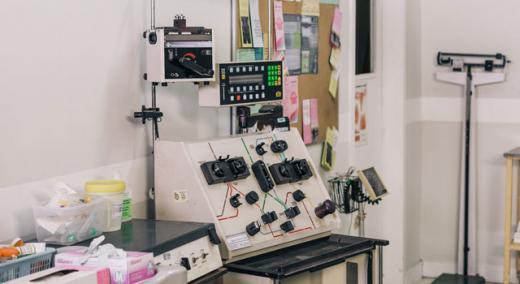Your design history file (DHF) is one of the most critical components of your QMS. That’s because the DHF should contain all the product development documentation for a specific medical device. Its purpose is to show regulatory bodies and internal stakeholders that you appropriately followed the design control process during product development. It’s also proof that your medical device was developed according to the design plan.
|
ADVERTISEMENT |
FDA inspectors are guaranteed to look through it during an inspection, and even a single missing signature can get you written up.
With so much riding on it, you need a plan in place to store and manage all of the documentation that goes into your DHF. It may feel like an overwhelming task to keep your design history file audit-ready at all times, but there are a few basic steps you can take to keep it organized and ready for inspection at any time.
…

Add new comment